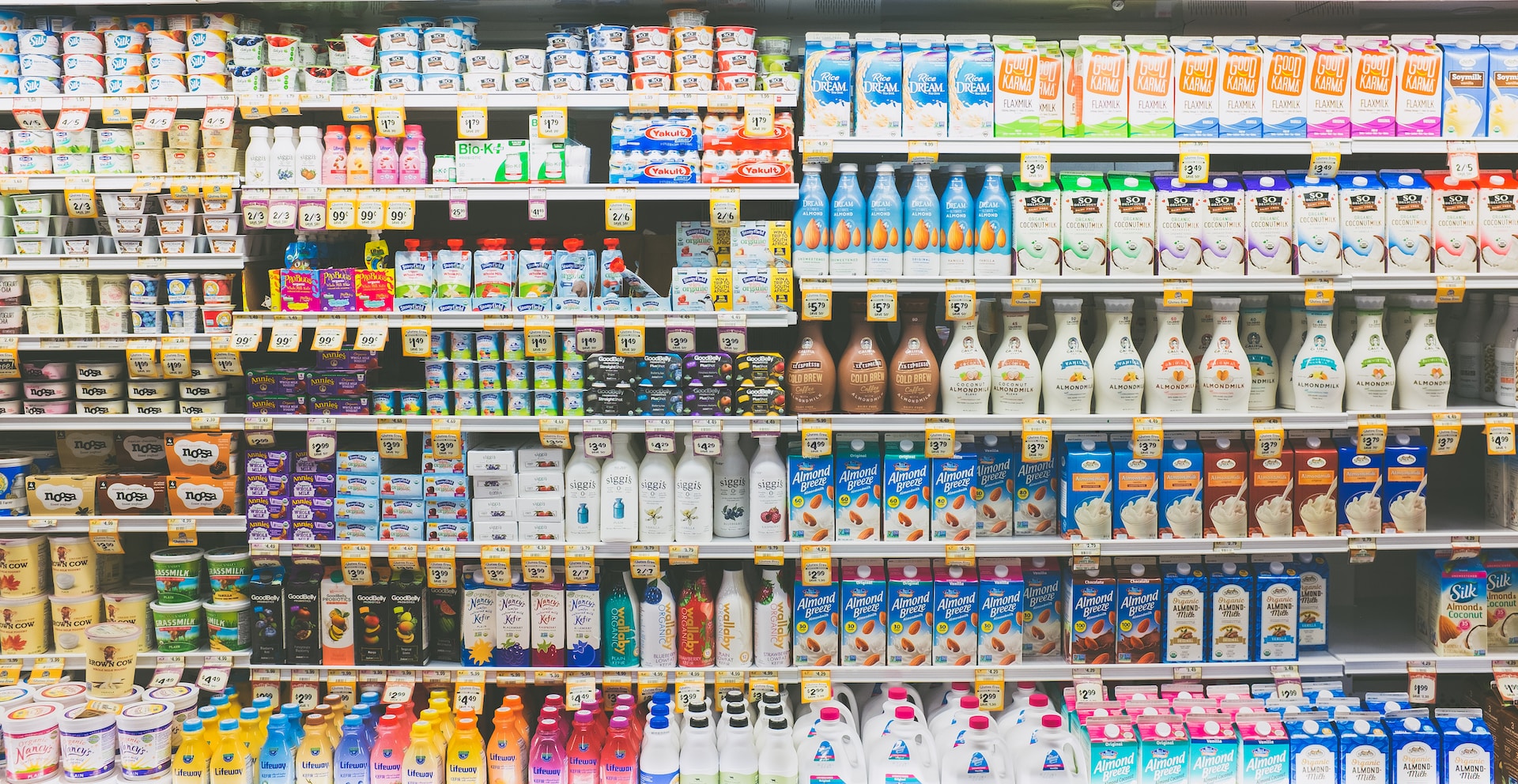Nutrition labels, also known as food labels or ingredient lists, are an essential tool for making informed choices about what we eat. These labels provide detailed information about the nutrient content of packaged foods, helping us maintain a healthy diet.
By understanding what information is provided on the label, you can make informed decisions about what foods to consume, track your daily intake of certain nutrients, and maintain a balanced diet.
What Is A Nutrition Label?
A nutrition label is a panel found on the back or side of packaged food products that lists information about the product’s nutritional content. It includes serving size, calorie count, macronutrient breakdown, micronutrient content, and ingredients.
Why Are Nutrition Labels Important?
Nutrition labels provide valuable information about what you are eating, allowing you to make informed decisions about your diet and improve your overall health. They help with portion control, maintaining a balanced diet, and identifying potential allergens or dietary restrictions.
What Information Is Provided On A Nutrition Label?
The nutrition label provides specific information about the nutritional content of each product. Key information includes serving size, calorie count, macronutrient breakdown (carbohydrates, fats, proteins), micronutrients (vitamins and minerals), % Daily Value (%DV), and added sugars/sodium. The ingredient list tells you exactly what’s inside a product.
Are Food Label Listings Accurate And How Do They Improve Your Diet?
Food manufacturers must follow specific guidelines when creating nutrition labels, and the information provided is generally accurate. However, it’s recommended to double-check with other sources, such as registered dieticians or food health professionals.
By reading food labels, you can better understand what is in your food, keep your calorie intake and portions under control, and make informed decisions about the foods you eat for a healthy lifestyle.
Nutrition labels are an important tool for making informed choices about what we eat. By providing detailed information about the nutritional content of different foods, nutrition labels enable consumers to make healthy choices that can positively impact their overall health and well-being.
Understanding how to read nutrition labels empowers you to make informed decisions about the foods you consume, supporting your overall wellness goals.
Always consult with a registered dietitian or medical professional if you have any questions or concerns about your unique nutritional needs.


